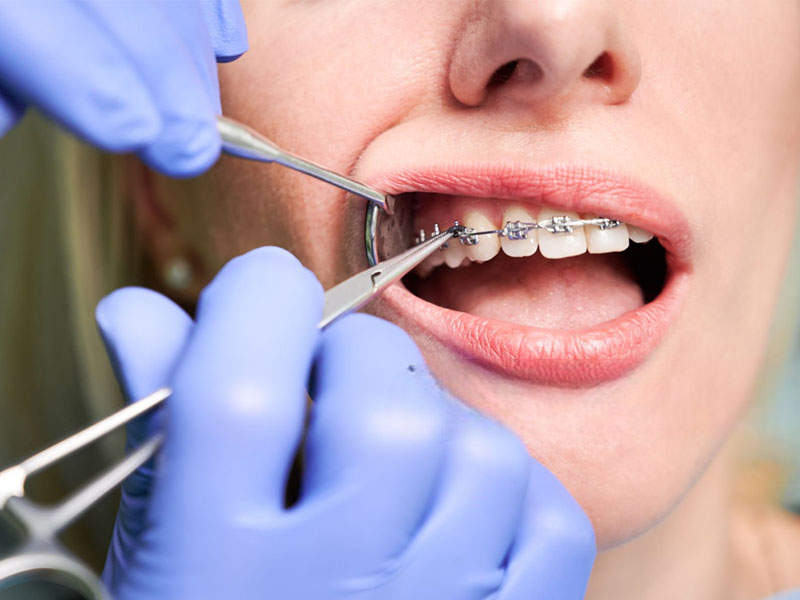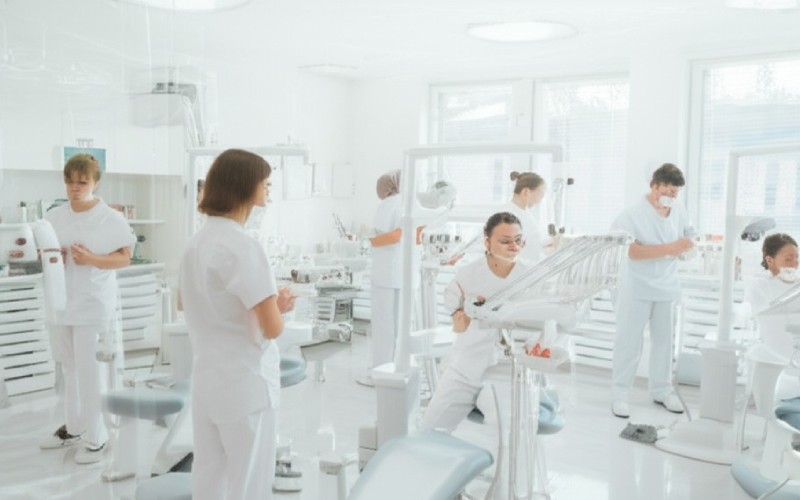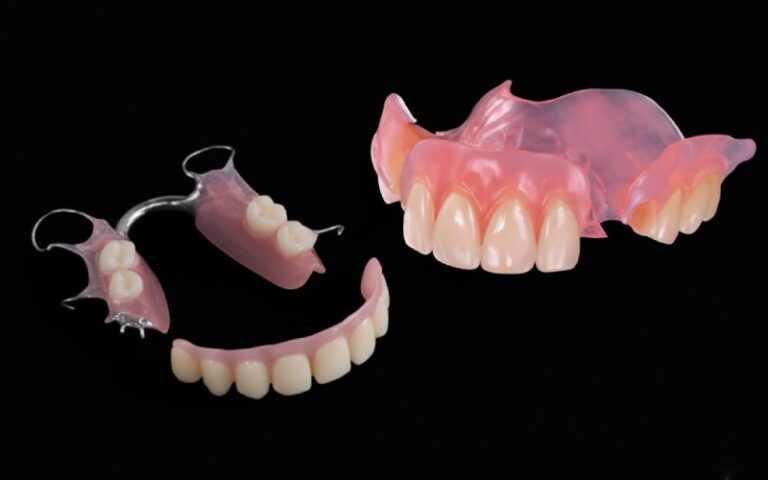
La clé pour débloquer une véritable efficacité dans votre cabinet orthodontique
I’ve been in the field of orthodontics for a long time. I have seen practices that are busy but not profitable. I have seen offices that feel chaotic and stressful for the doctor and every employee. The problem is not a lack of patients or a lack of hard work. The problem is a lack of efficiency. This article is for any orthodontist who wants to build a more prosperous and fulfilling orthodontic practice. I will share the key lessons I learned to create a smooth, predictable, and profitable operation. You will learn how a clear system can change everything for you, your team, and your patients.
Table des matières
Why Should You Begin to Focus on Your Practice System?
When I first started my career, my focus was on being the best orthodontist I could be. I thought that if my clinical work was excellent, the practice would run itself. I was wrong. My practice grew, but so did the stress. We were always running behind schedule, staff members were unsure of their tasks, and every day felt like we were just putting out fires. The lack of a clear system was the root of the problem. We had no structure for how to handle each type of appointment or how to manage our daily operation.
You must begin to see your orthodontic practice as a complete system. Every part, from the front desk to the clinical bay, must work together. Efficiency is not about rushing through appointments. It is about removing wasted steps and confusion. When you define a clear process for every task, your employees know exactly what to do. This allows them to perform their job with confidence. This change is the first step toward building a truly successful and less stressful practice. The result is better care for your patients and a better work environment for your team.
What is the First Decision in Your Diagnosis and Treatment Plan?
The most important part of any orthodontic case is the initial diagnosis and treatment plan. Before you place a single bracket, you must have a clear vision for the final result. The first decision you make is to define the ideal outcome. What is the goal for this patient’s smile and facial structure? This decision guides every other choice you make. It determines the type of appliance you will use and the mechanics you will apply.
A well-thought-out plan is the foundation for an efficient treatment. When you know the destination, the path becomes much clearer. This saves time during each visit because you are not making things up as you go. You have a road map. This plan should be simple and easy for your clinical team to understand. They need to know the goal of each appointment so they can help you make progress. A good plan will reduce the number of appointments needed and lead to a more predictable and ideal result for every patient.
How Can You Improve Your Clinical Mechanics for a Better Result?
Once you have a solid plan, the focus shifts to your clinical mechanics. Your goal should be to use a method that is both effective and efficient. For me, this meant finding a bracket system and a treatment concept that could handle most cases with minimal changes. Using a consistent appliance and method means your team can master the process. They can prepare for each appointment correctly because they know what to expect. This consistency is a key part of efficiency.
Every aspect of your clinical operation should be reviewed. Are you using a bracket that is easy to place? Do your mechanics require a lot of chair time for adjustments? The best way to improve is to simplify. I found that a simple, repeatable system of mechanics gave me a great result in less time. This allows you to provide excellent care while also seeing more patients. Your clinical efficiency is a testament to a great system. A good product can make a significant difference in your daily work.

Is Your Team Training the Key to a Better Patient Visit?
Your employees are the heart of your orthodontic practice. An orthodontist cannot do everything alone. You can have the best plan and the best appliance, but if your team is not on board, you will fail. Proper training is not just a one-time event when you hire someone. It must be an ongoing program. Every member of your team, from the front office to the clinical assistants, must understand your system and their role in it.
When an employee knows their job well, they can perform tasks without constant supervision. This frees you up to focus on the most important clinical decisions. We created a detailed training program for every role in our office. Each team member had a checklist of skills they needed to master. This training helped us improve how we handle each patient visit. A well-trained team can manage the schedule, handle patient education, and assist you seamlessly. This makes the entire appointment more efficient and pleasant for the patient.
How Does Digital Innovation Change the Modern Dental Practice?
The field of orthodontics is always changing, and technology is a big part of that. Digital innovation offers powerful tools to enhance your practice. Digital scanning, for example, can replace messy impressions. This is faster, more comfortable for the patient, and provides a more accurate record. Digital treatment planning software allows you to design a smile and show the patient the potential result before you even start.
Adopting new technology requires an investment in both money and training. However, the return on that investment can be significant. Digital tools can improve the accuracy of your diagnosis and treatment. They can also improve the efficiency of your office. For instance, digital records are easier to store and access than paper charts. This can reduce the time your staff members spend searching for information. Embracing digital technology is a key aspect of building a modern, efficient dental practice.
How Can You Complete a Patient Visit in Minimal Time?
The goal of every patient visit is to make progress in their treatment. To do this efficiently, every appointment needs a clear structure. Before the patient even sits in the chair, your team should know the goal for that visit. What task needs to be done? What is the next step in the plan? This requires good communication between you and your team. We hold a short meeting each morning to review the day’s schedule.
During the appointment, your clinical assistants should perform every task they are trained to do. This is why proper training is so important. An efficient clinical assistant can prepare the patient, change wires, and provide instructions. This allows the orthodontist to move from chair to chair to perform the key tasks that only they can do. When you have this system in place, you can complete an appointment in a surprisingly short amount of time. This keeps your schedule on track and shows patients you value their time.
What Type of Malocclusion Presents the Biggest Challenge?
Every orthodontist knows that some cases are harder than others. A complex malocclusion, especially one with a significant facial imbalance, can present a real challenge. These cases require a very careful diagnosis and treatment plan. This is where a deep understanding of orthodontic principles is critical. The type of malocclusion will determine the mechanics you need to use. The issue is that these cases can often take longer and require more appointments.
The key to managing a difficult malocclusion efficiently is to plan for it from the start. Identify the main problem and design a solution. Your system should be flexible enough to handle these complex cases without disrupting the flow of your entire office. Sometimes, this means scheduling a longer appointment for a specific task. By planning ahead, you can successfully treat even the most difficult malocclusion and still maintain the overall efficiency of your practice.
How Will These Changes Help Your Career and Practice Grow?
When you implement a system that boosts efficiency, the benefits go far beyond a calmer office. An efficient practice is a more profitable practice. When you can complete treatment in fewer visits, you reduce your overhead per patient. When your schedule runs on time, you can see more patients without adding more stress. This financial improvement gives you the freedom to invest back into your practice, your team, and your own career.
This change will also help your practice grow. Patients have a better experience in an office that is organized and respects their time. They are more likely to refer their friends and family. Your staff members will also be happier. A calm, structured work environment leads to better employee retention. You will spend less time and money trying to hire and train new people. A great system is the foundation for long-term growth and professional satisfaction in the field of orthodontics.

What Does a Complete Facial Concept Look Like in Orthodontics?
Great orthodontics is about more than just straight teeth. It is about creating a beautiful smile that fits in harmony with the patient’s entire facial structure. This is what I call the complete facial concept. It means looking beyond the teeth to see how the smile affects the lips, the chin, and the overall profile. This vision should be part of your initial diagnosis and treatment plan for every single patient.
Achieving this ideal result requires a deep understanding of facial aesthetics. It also requires a treatment method that gives you precise control over tooth movement. When you present this concept to patients, they see that you offer something more than your competitors. You are not just a tooth-straightener; you are an artist who can enhance their natural beauty. This focus on the final facial result is a powerful way to define your practice and attract patients who want the best possible care.
How Do You Present This New System to Your Team?
Making a significant change to your practice operation can be scary for your team. People are often resistant to change. The best way to present a new system is to involve your employees from the very beginning. Explain the “why” behind the changes. Show them how a more efficient system will make their job easier and less stressful. Ask for their input and ideas. When your staff members feel like they are part of the decision, they are more likely to support the new program.
Start with a team meeting to introduce the new vision for the practice. Present the plan clearly. Provide the necessary training and resources to help everyone succeed. It is important to be patient. There will be a learning curve. Hold regular check-in meetings to discuss progress and solve any problems that come up. When your whole team works together to operate the new system, your orthodontic practice will transform. The improvement in your office culture and efficiency will be truly amazing.
Ce qu'il faut retenir
- System is Everything: Your orthodontic practice must operate as a complete system where every part works together.
- Plan First: Always start with a clear diagnosis and treatment plan that defines the ideal result.
- Train Your Team: An ongoing training program for every employee is essential for a smooth operation.
- Simplify Clinical Mechanics: Use a consistent and simple method to improve clinical efficiency and results.
- Embrace Technology: Use digital innovation to improve accuracy and reduce wasted time.
- Structure Each Visit: A clear plan for every appointment makes each visit more productive.
- Focus on the Face: Go beyond just teeth to create a beautiful smile that enhances the entire facial structure.
- Involve Your People: Introduce change by explaining the benefits and making your team part of the process.




